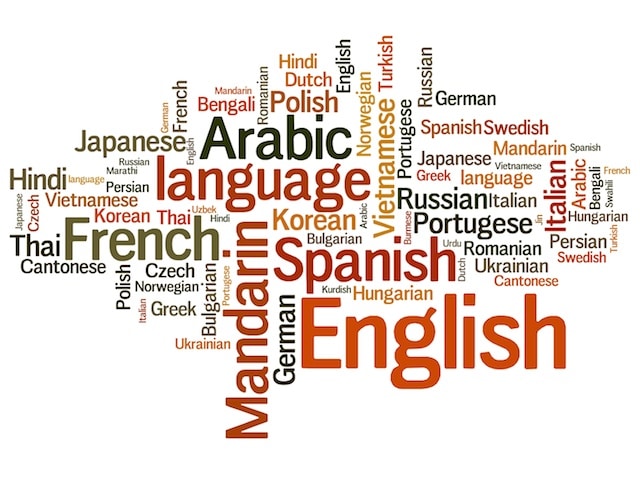ITALIAN LANGUAGE
Understanding The Italian Language & Providing Professional Italian Interpreters, Translators and Transcriptionists
American Language Services ? (AML-Global) understands the importance of working in the Italian language. For over a Quarter of a Century, American Language Services ? has worked with the Italian language as well as hundreds of others from around the world. We offer comprehensive language services 24 hours, 7 days a week worldwide by providing Italian interpreting, translation and transcriptions services along with hundreds of other languages and dialects. Our linguists are native speakers and writers who are screened, credentialed, certified, field tested and experienced in a number of specific industry settings. The Italian language is unique and has very specific origins and characteristics.
Italy and Its Worldwide Influence Through Art, History and Cuisine
Italian, the romance language, is spoken by over 70 million people and the primary language of Italy. Italian, like its cities, is one of the most gorgeous languages in the world. Italy, officially the Italian Republic, is a country located on the Italian Peninsula in Southern Europe and on the two largest islands in the Mediterranean Sea, Sicily and Sardinia. Excavations throughout Italy reveal a modern human presence dating back to the Paleolithic period, some 200,000 years ago. Ancient Rome is perhaps the best-known historical period relating to Italy in the 8th Century BC where it grew over the course of centuries into a colossal empire. Like America, Italy is a destination for immigrants from all over the world. At the end of 2007, foreigners comprised 5.8 percent of the population, or 3 million people, an increase of 16.8 percent over the previous year. Who would blame them; Italy is home to some of the best art, food, literature and world culture around.
The History of Italian
The history of the Italian language is long, but the modern standard of the language was largely shaped by relatively recent events. Standard Italian, adopted by the state after the unification of Italy, is based on Tuscan (in particular on the dialects of the cities of Florence, Pisa and Siena) and is somewhat intermediate between the Italo-Dalmatian languages of the South and Northern Italian languages of the North. Its development was also influenced by the other Italian dialects and by the Germanic language of the post-Roman Barbaric invaders but first and foremost it has been directly and heavily influenced by Latin.
The Italian Vernacular and Dialects
In Italy, all Romance languages spoken as the vernacular, other than standard Italian and other unrelated, non-Italian languages are termed “Italian dialects”. Many Italian dialects may be considered as historical languages in their own right. These include recognized language groups such as Friulian, Neapolitan, Sardinian, Sicilian, Venetian, and others, and regional variants of these languages such as Calabrian. Non-standard dialects are not generally used for mass communication and are usually limited to native speakers in informal contexts. In the past, speaking in dialect was often depreciated as a sign of poor education.
Who are You Going to Trust with Your Vital Italian Language Needs?
The Italian language is an important language worldwide. It is vital to understand the general nature and specific idiosyncrasies of Italian. Since 1985, AML-Global has provided outstanding Italian interpreters, translators and transcriptionsts worldwide.
























